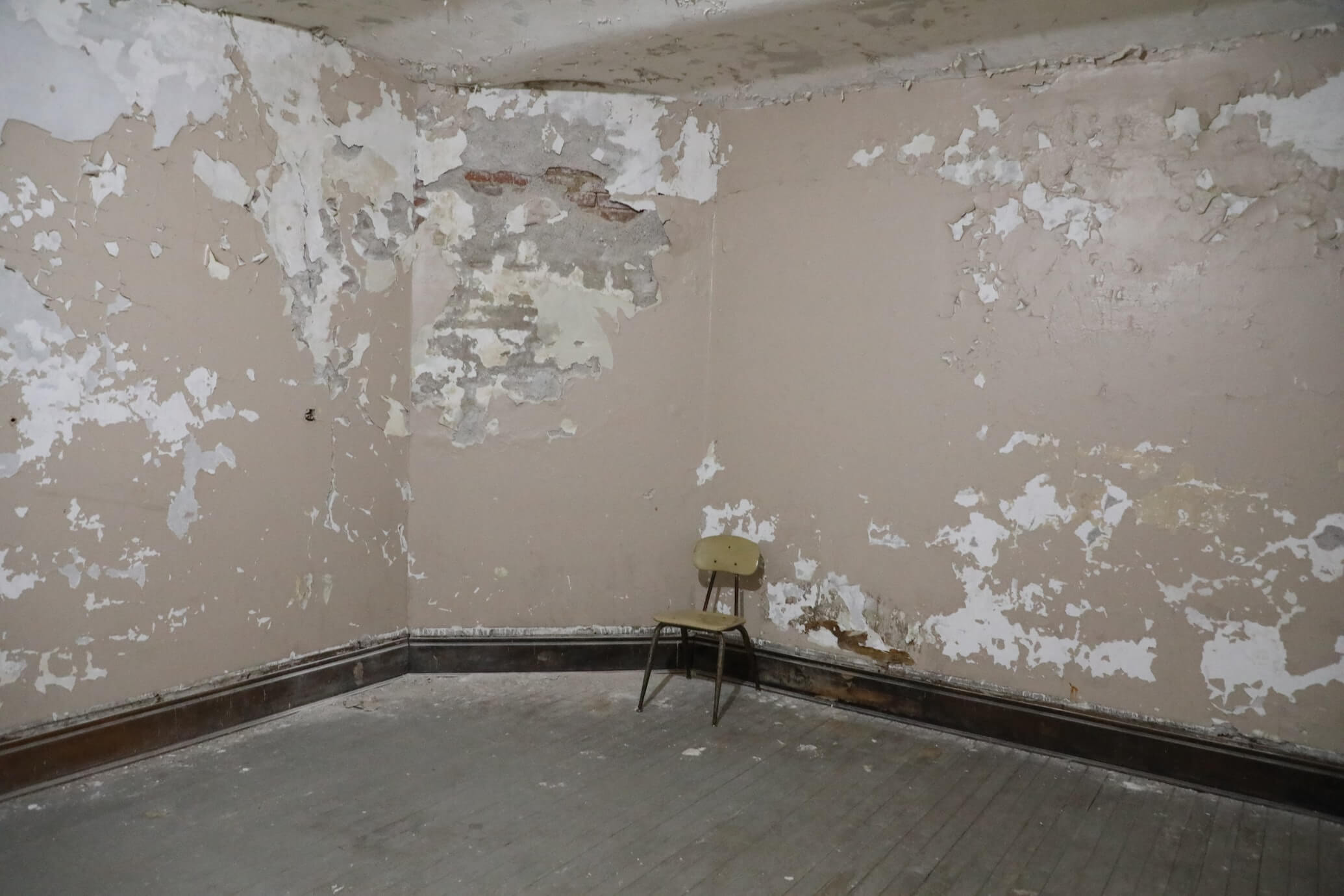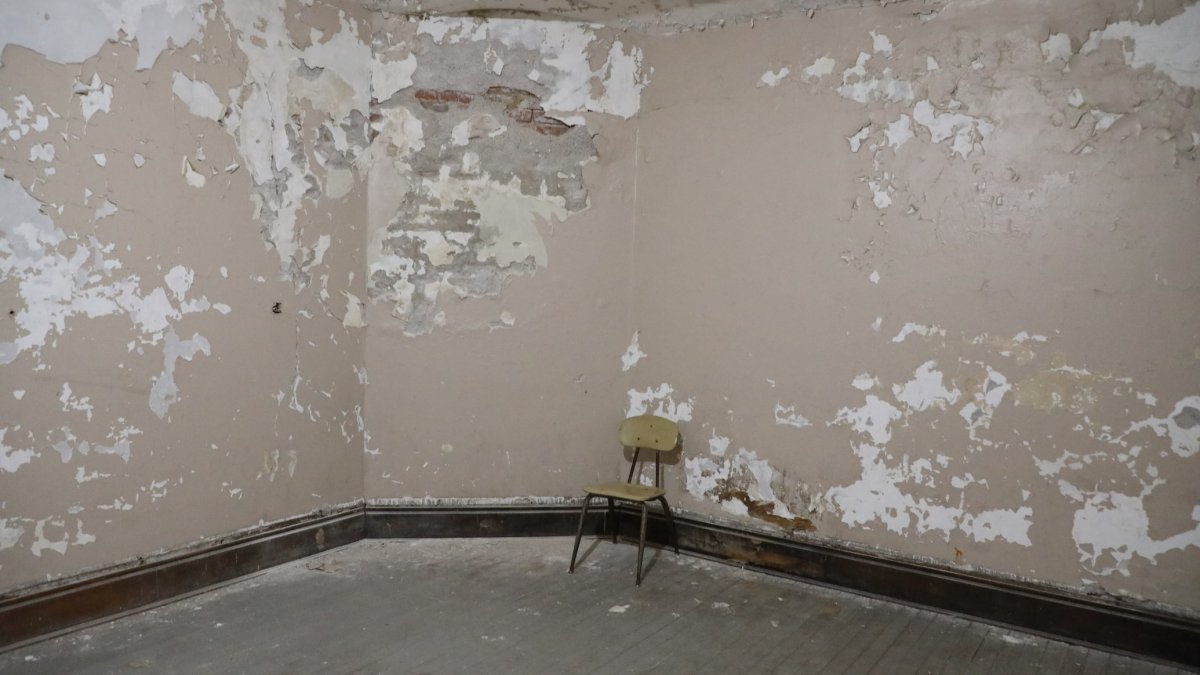
Due to storms, hurricanes, and snowstorms, water damage is a common problem across the US. But many other reasons, like leakages and basement floods, can lead to water damage. According to the Environmental Protection Agency (EPA), at least 85% of US homes have previously suffered water damage.
Water damage is a severe problem that can happen to anyone. If your house has water damage, you will want to act fast. This is especially true if the source of the water damage is unknown or if it is known and still active. The quicker you act, the less likely it will be that your home and everything in it will suffer irreparable damage.
Water damage can lead to mold growth, which can cause respiratory problems and other health issues for those who breathe in its spores during an outbreak.
Understanding Water Damage
Water damage is a severe problem that can happen to anyone. It’s essential to know how water damage occurs, how to identify it, and what to do if you experience it.
The most common cause of water damage is flooding caused by storms or plumbing issues. Other causes include burst pipes, appliance failures, and roof ice dams.
Water entering your home through these avenues can quickly cause severe damage if not addressed immediately. September 11, 2022, saw torrential rains sweeping through Chicago. It flooded basements, alleys, and whatever came in the way. So, you can imagine the repercussions.
To prevent this type of damage from happening in your home or place of business:
- Keep an eye on outdoor weather forecasts before bad weather hits so that you can prepare accordingly with sandbags or other protection measures if necessary.
- Check all faucets regularly for leaks.
- Have a professional check your HVAC system every year. The national average cost of HVAC maintenance is between $150 to $300, which can keep it working correctly for a long time.
Immediate Steps to Take After Water Damage Occurs
If you find water damage in your house, there are many steps you must take to deal with the situation and prevent future occurrences.
Shutting Off the Water Source
Turning off the water main is a good first step. If you don’t know where your home’s main shut-off valve is, call a plumber. They can help you locate it and shut off all the water in your house.
If this isn’t possible or if there are no accessible valves for you to turn off, then use a wet/dry vac to suck up as much water as possible from affected areas before calling in professionals.
Shutting off the main water source is vital if you face basement floods. But if you find that the reason behind water damage is a small leakage, it is best to call a plumbing company. Leakages are often a reason behind water damage. If you can address the problem, it won’t escalate.
Look for a local plumbing company, and as with all other services, check out the reviews left by previous customers to pick the right one for your needs. Many customers leave their reviews about a company based on their experiences. For instance, a customer from Owasso, Oklahoma, has left a review for Wooten Knockout Plumbing, stating that the staff was prompt and efficient.
Likewise, another customer wrote that the staff answers calls even after hours. You can read such reviews on a company’s website to decide which company you should hire for your plumbing needs.
Turning Off Electricity
Turn off all power sources. Shut down any electrical outlets, and turn off the main breaker for your home or building. If you’re unsure whether something needs to be shut off, turn it off just in case, it’s better to be safe than sorry.
Turning off electricity is essential for preventing further damage from occurring. When water comes into contact with live wires, it can electrocute anyone who comes into contact with them and cause serious injury or death.
Contacting a Water Damage Restoration Company
According to IBISWorld data, are at least 57,522 Damage Restoration Services in the US in 2023. Choosing the right service provider from so many companies can be challenging. Hence, you must do proper research for your needs and evaluate the service providers based on your requirements to decide.
When choosing a company, consider its reputation and references. Ask friends or colleagues who have used them for their opinions on their services if possible. If you don’t know anyone who has used them before but still want more information before making a decision, check out reviews from other sites like Yelp. or Angi’s List.
Documenting the Damage for Insurance Purposes
The most important thing to do is to document the damage for insurance purposes. Make sure you have a journal that keeps track of all the items damaged and who was at the property. You should also take pictures of the area, including close-ups of any water marks or stains, so your insurance company can see exactly what happened.
Keep an itemized list with photos of all damaged items and proof of ownership. This will help you get reimbursed quickly and avoid disputes when filing claims with your insurance provider or contractor.
Preventing Future Water Damage
Water damage is a common problem and one that can be very dangerous. While it’s important to know how to deal with water damage after it occurs, it’s also essential to take steps beforehand so that you don’t have to deal with the aftermath of a flood or burst pipe.
The first step toward preventing future water damage is ensuring your home has working plumbing fixtures and appliances. You should also check for any signs that indicate leaks in your pipes or walls. If you see stains on the ceiling or flooring around these items’ locations, this could indicate hidden leaks that need immediate attention from an experienced plumber.
If there are no visible signs of leaking from inside your walls or ceilings, other problems may be causing leaks outside those surfaces. Ask the technicians to examine every inch of your property to determine where precisely these problems lie before making any necessary repairs.
Another way homeowners can reduce their risk factors when dealing with potential flooding scenarios involves installing backflow prevention devices on faucets, showerheads, etc., which help prevent contaminants from entering drinking water through cross-contamination between residential properties via shared drainage systems such as sewer lines.
Conclusion
It is important to take action as soon as possible after water damage occurs. It is wise to act swiftly when you find water damage in your house because if you want longer, the damage will increase, and so will the cost of repair.
Kane Walker
Related posts
Stay connected
Today's pick
- Things to Remember While Designing Your Custom Modular Kitchen in GurgaonGurgaon now known as Gurugram is the second largest city in the state of Haryana and is a reflectiossn of an ideal modern city with futuristic goals. Witnessing rapid urbanization, it has also emerged as a hub for contemporary homes, with homeowners seeking innovative and... The post Things to Remember While Designing Your Custom Modular […]

